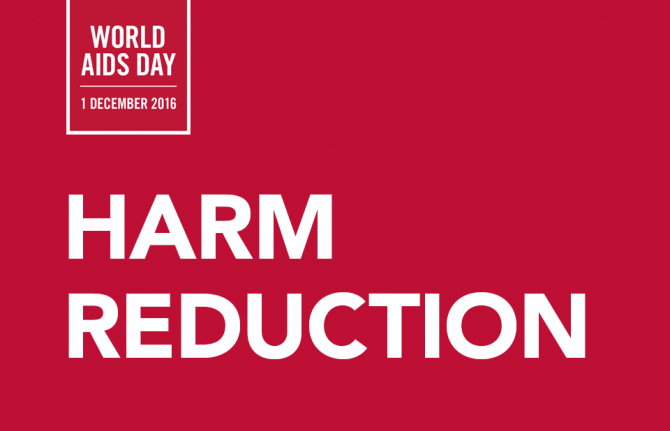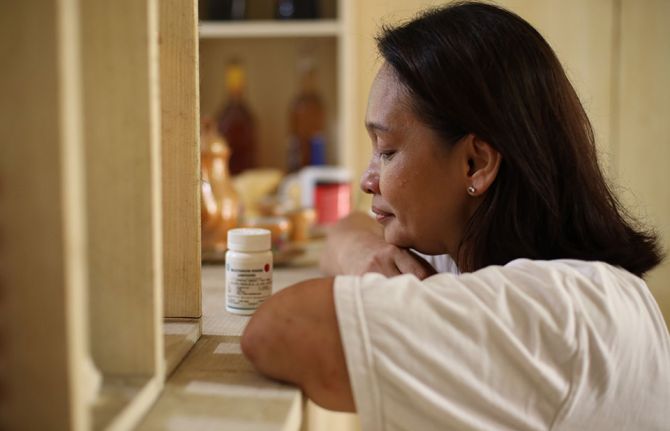

Update
Harm reduction
10 October 2016
10 October 2016 10 October 2016People who inject drugs are among the key populations most at risk to acquire or transmit HIV. Yet they are also among those with the least access to HIV prevention, care and treatment services because their drug use is often stigmatized and criminalized.
The tools and strategies required to improve the health and lives of people who use drugs are well known and readily available. Needle–syringe programmes reduce the spread of HIV, hepatitis C and other bloodborne viruses. Opioid substitution therapy and other evidence-informed forms of drug dependence treatment curb drug use, reduce vulnerability to infectious diseases, and improve uptake of health and social services.
The overwhelming body of evidence on the effectiveness of harm reduction, including in prisons and other closed settings, is the basis for a comprehensive package of interventions recommended by the World Health Organization (WHO), the United Nations Office on Drugs and Crime (UNODC) and the Joint United Nations Programme on HIV/AIDS (UNAIDS) for preventing the spread of HIV and reducing other harms associated with drug use. Few countries have achieved sufficient coverage of harm reduction services, however.



